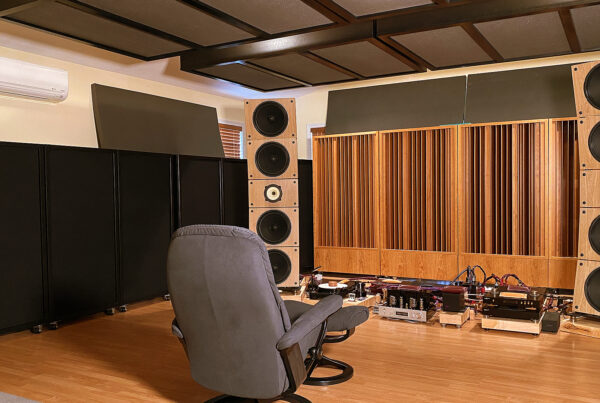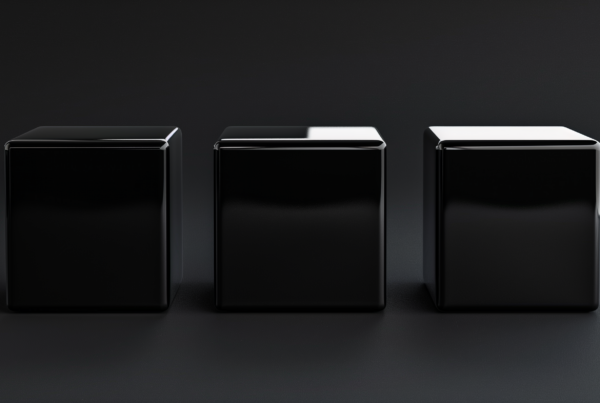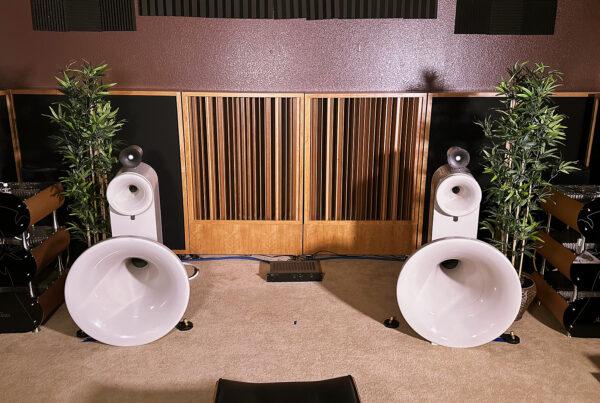Acoustic Design Project
Studio 2020’s
Acoustic Re-Design
Chicago, USA
Mixing & Mastering
Studio 2020 in Chicago and Capitol Records had the same lower frequency issues in their control rooms. Even though they were different sizes and volumes, they both had issues from 30 – 200 Hz. Those of us in the music business know how critical and special this frequency range is. It is everything for vocals, covering both fundamentals and harmonics.
Hear Every Note
Our data base had both rooms. We had built and measured both Capitol Records and Studio 2020 room sizes and volumes. Capitol Records needed 80 sq. ft. of broadband absorption surface area. Studio 2020 the same. The areas of highest pressure or unwanted lower frequency modes is in the front and sides of the board.
Proper and successful positioning can be achieved with our carbon broadband absorbers, since they are on casters and easily moved. Lowering RT-60 times was achieved through the foam face on each ACDA-10 unit. Additional foam pieces hung on the walls in the live and control room rounded out the treatment.
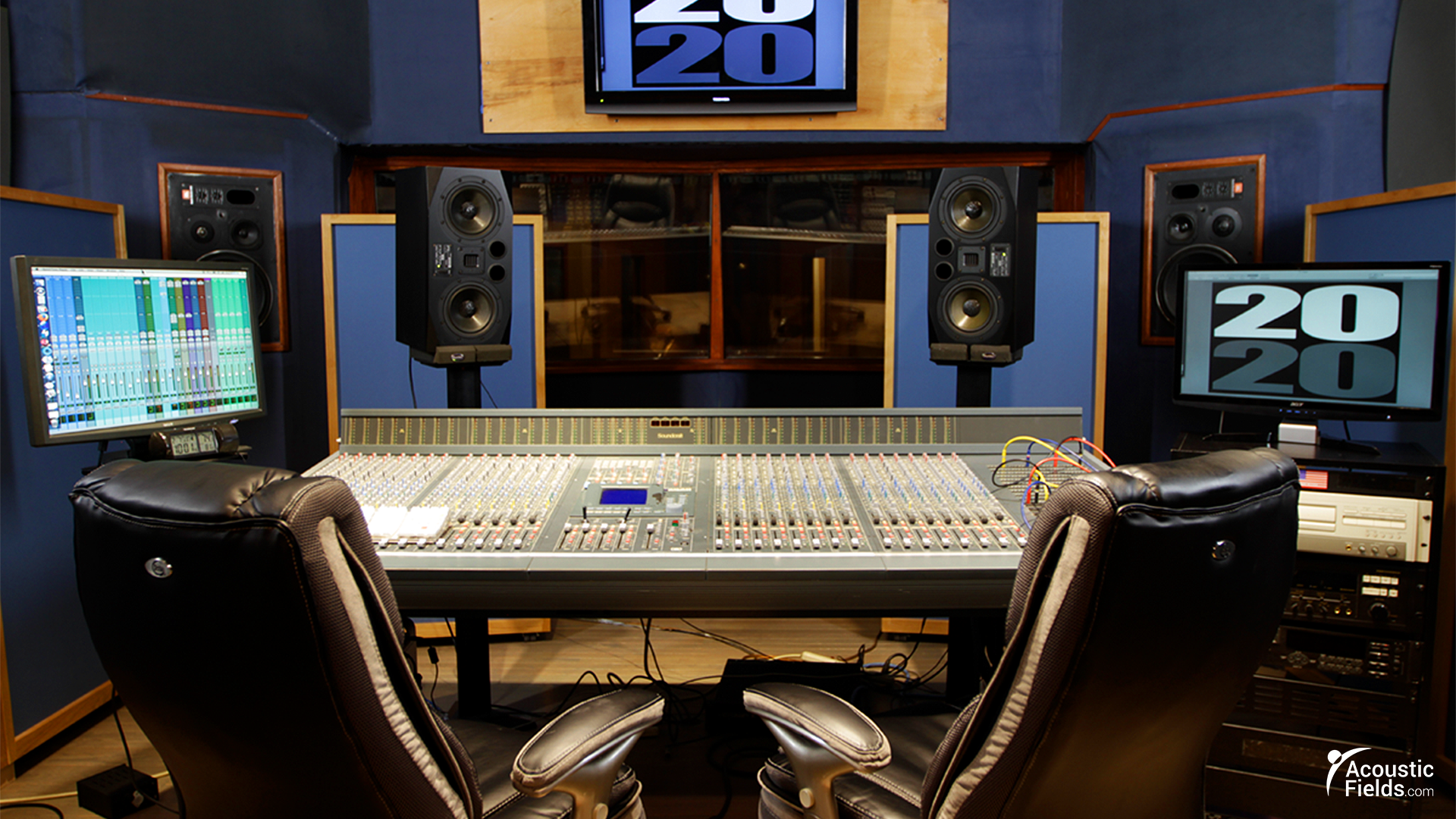
Get It Right From The Source
Live rooms present their own set of challenges. Live rooms must have the size and volume necessary to allow the microphones to hear the room and then translate that room size and volume to the mix. These rooms exhibit the same low, middle, and high frequency issues present in any small rooms even though most live rooms are larger in size and volume.
Low frequency modal issues coupled with high RT-60 (reflection) times must be addressed using the proper absorption and diffusion technologies. We will be adding a drum platform to Studio 2020 along with a new product which is our 2″ foam technology in a portable platform.
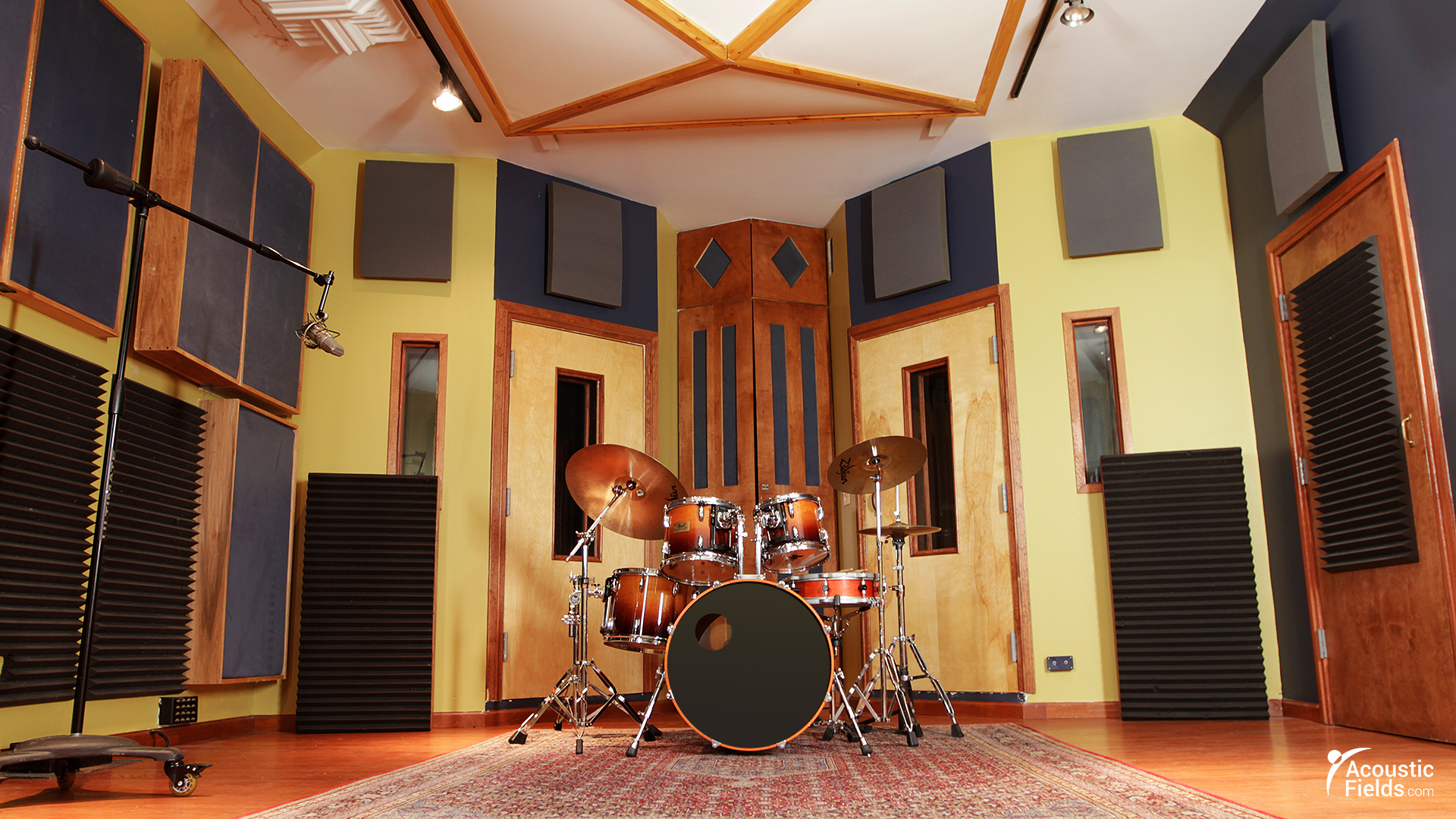
Sound Diffusion: A Necessity
Diffusion on the rear wall of a control room must satisfy many criteria. First, you must calculate the distance from diffuser to the monitoring position. This distance calculation is necessary in order for the lower frequencies to fully form at the monitoring position. Secondly, you must calculate the height of the diffusers in relation to the monitoring position.
Finally, the proper frequency response of the diffusion sequence must be calculated and applied. As a general rule for control rooms, it is best to use the widest frequency response that space will permit. The broader the frequency response, the deeper and wider the diffuser.
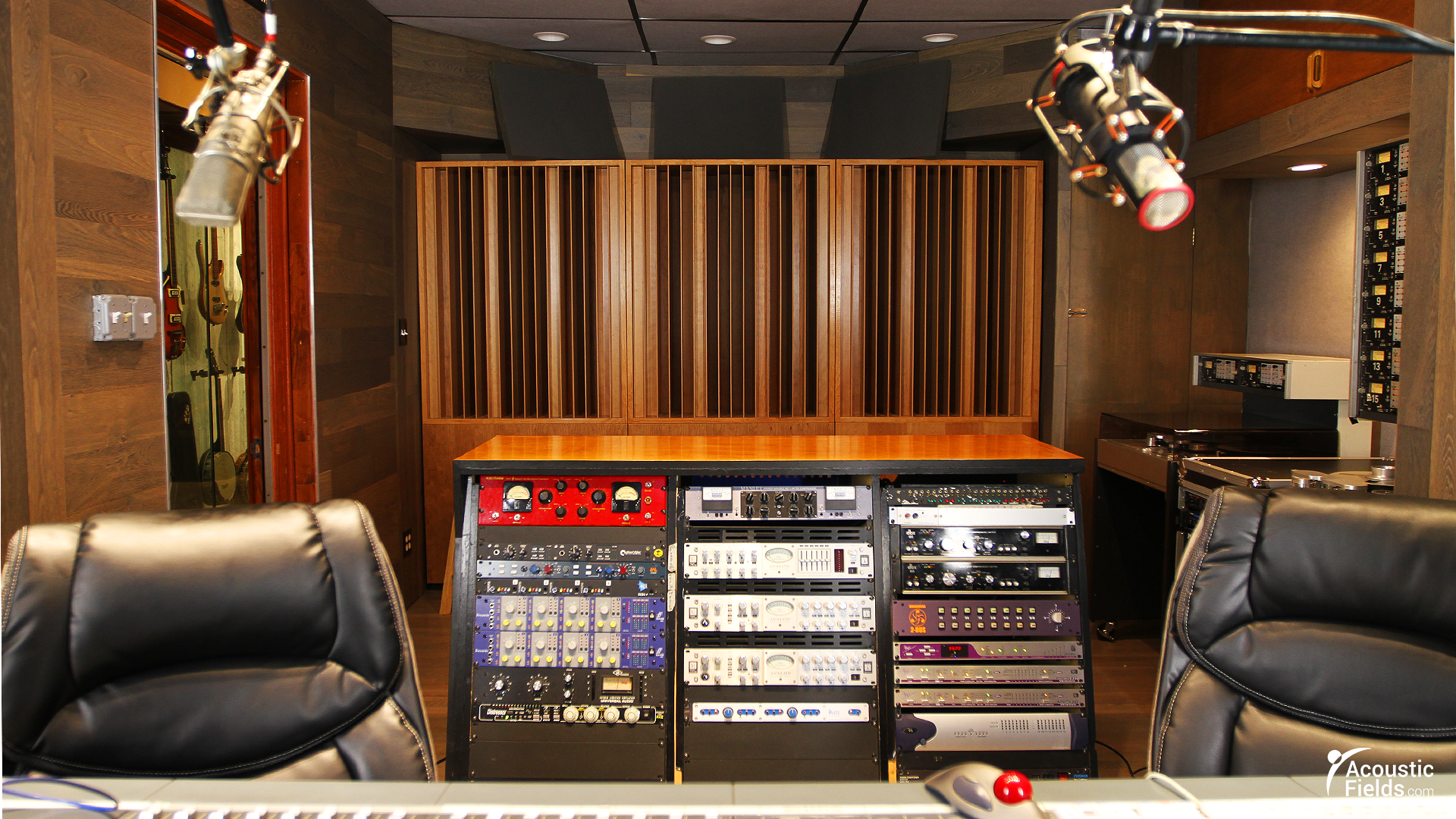
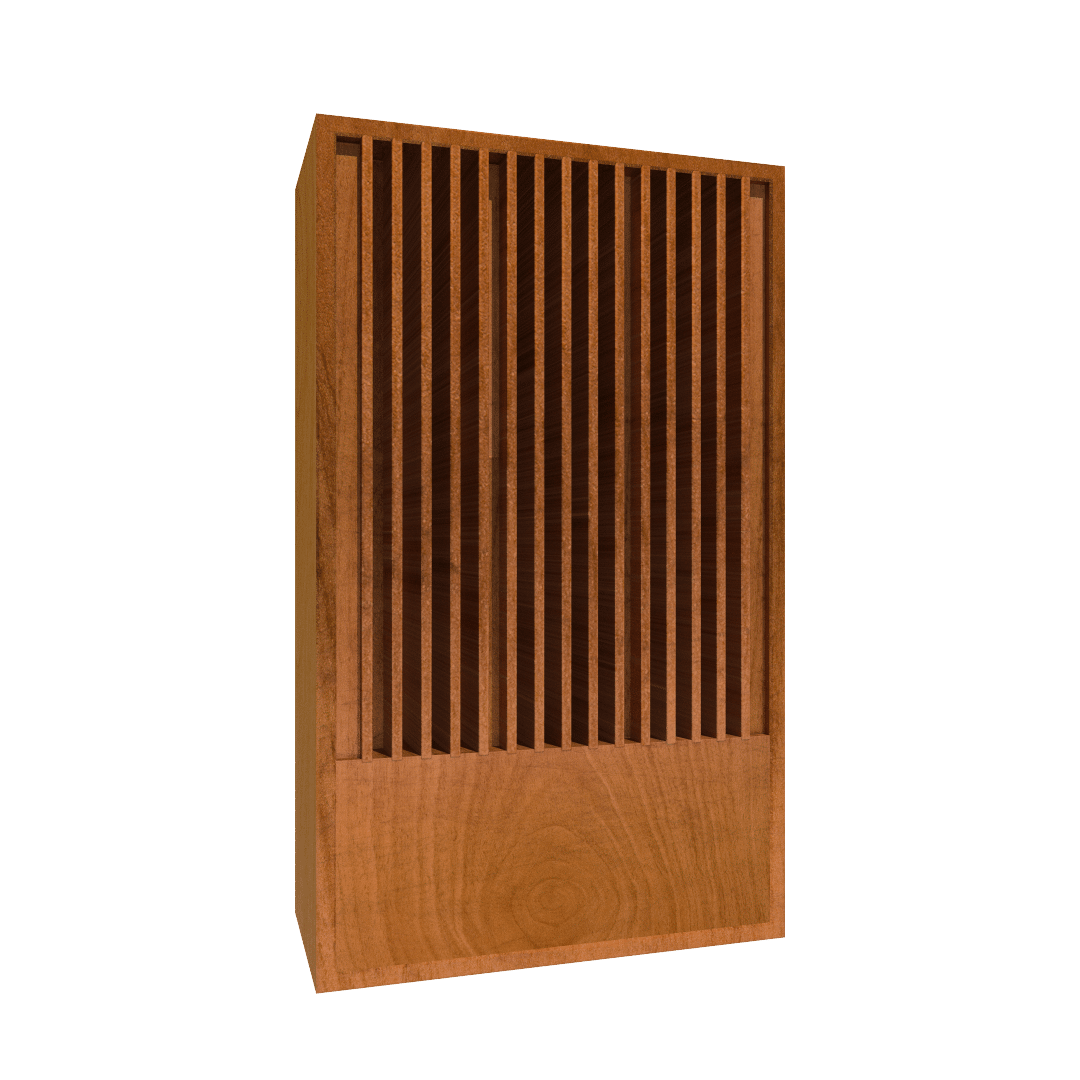
QDA Quadratic Diffuser Absorber Series
Our QDA units are two units within one. First, a quadratic diffuser based upon prime number 7, 11, 13, 17 or 23. Behind the quadratic diffuser is our activated carbon broadband low frequency absorber. At the base of the QDA is our more frequency specific carbon absorber.
We took the time tested and proven method of sound diffusion, more commonly known as quadratic diffusion, and added our proprietary activated carbon technology to it. Quadratic diffusion has been the go to diffusion technology used in most professional recording studios for the last 40 years. Without exception, Quadratic Diffusion is the highest performing and best rated of any diffusion technology invented.
Do you want to solve your room acoustic problems?
There’s no one size fits all when it comes to room acoustics.
Get your FREE personal room acoustics analysis by chief acoustics engineer Dennis Foley.


